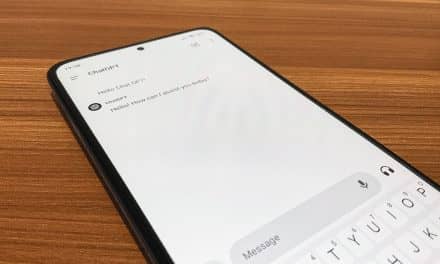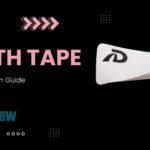How artificial intelligence and machine learning are changing CPAP mask selection.
By Denise K. James
CPAP mask selector software solutions collect and analyze several thousand data points about each patient. These programs use complex algorithms and artificial intelligence (AI) to gather data that goes beyond simple measurements like the number of centimeters between chin and hairline. Each patient’s sleeping habits, allergies, demographics, and facial measurements are evaluated. This personal data, coupled with mask parameters such as fit scores and patient and/or clinician ratings, all help more sleep apnea patients match with well-fitting masks on the first try. And the AI behind these mask selectors will get even more precise as it absorbs and learns from new profiles and measurements that are continuously uploaded.
“We are constantly upgrading,” says Patrick Karem, vice president at sovaSage Inc, makers of TherapistAssist software. “We have well over 150,000 patients’ data where our AI is always learning and improving fit.”
“Our AI gets smarter as we obtain more impressions,” says Dave Bonenko, vice president of sales for AR Medical Technologies, makers of MaskFit AR. “We use machine learning and AI both in the measurements we take, as well as our proprietary patient profiles—gender, ethnicity, modality of treatment, etc—so we are able to compare similar profiles and measurements of other users around the world.”
“The AI technology is improved upon by machine learning taking into account trends, refit data, provider feedback to SleepGlad, and patient follow-up,” says Nyika Wright, vice president of CPAP mask fitting software SleepGlad.
Remote CPAP fitting software can also be a communication portal for providers, sleep clinicians, and patients, inspiring dialogue for favorable outcomes.
“For the provider, we allow them control of many settings for inventory management, business intelligence tools, and analytical data—as well as [key performance indicators], early intervention results, refit data, and even referral source trends,” Wright says. “Right within SleepGlad’s portal, different provider types can share not only scan data but also patient follow-up data for early intervention, document exchange, and electronic scripting, and even chat with one another within the patient’s account.”
Bonenko characterizes MaskFit AR as “a communication tool that also serves as a way to fit an appropriate mask.” He says, “We connect patients, providers, and clinicians.”
With all of this data, privacy is an important factor in CPAP mask fitting software development, and Health Insurance Portability and Accountability Act of 1996 (HIPAA) compliance is a must.
Bonenko adds that MaskFit AR doesn’t send patient photographs anywhere; it only sends the necessary measurements. “The data cannot be recreated in a picture or facial recognition, as we are highly sensitive to being HIPAA compliant as well as to other privacy concerns,” he says.
At SleepGlad, “we do not store any photos, which our patients find comfort in,” Wright says.
Even with all the advancements mask fitting technology has already made, its developers say they have plans for more to come.
“We have many significant projects in the works, some of which will change sleep processes drastically, dialing in on accuracy and efficiency for provider types,” says SleepGlad’s Wright. “The others are bringing in compliance and diagnostic data into one comprehensive sleep platform, providing the continuity of care that is so lacking.”
Wright notes that since SleepGlad was acquired by Baxter Management in 2020, its new president, David Baxter, envisioned “many other tools” being built into the platform. “Since he bought SleepGlad, we have expanded the platform not only with the physician referral network but also many business intelligence tools in analytics,” Wright says. SleepGlad’s physician referral network means that scan results can be attached to an electronic prescription or certificate of medical necessity request, facilitating an efficient workflow for physician review and signature.
At AR Medical, the process of developing its application began when founder and respiratory therapist, Cox Tan-Ngo, was inspired to develop custom masks with 3D imaging. While that experiment has not launched to the public, it led the company to use true depth cameras that made MaskFit AR possible.
“We are always learning within the company but also through our customers,” says Bonenko. “Our technology can be used for other applications that we have on our road map, as well as [applications] that come from requests from our customers. We are a tech company working in the sleep medicine space.”
Denise K. James is a writer and editor based in Atlanta. This is her first article for Sleep Review.
Photo 138341589 © Jakub Jirsak | Dreamstime.com









